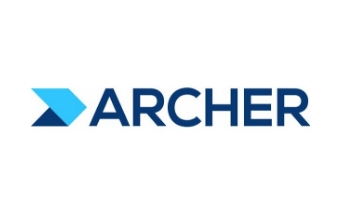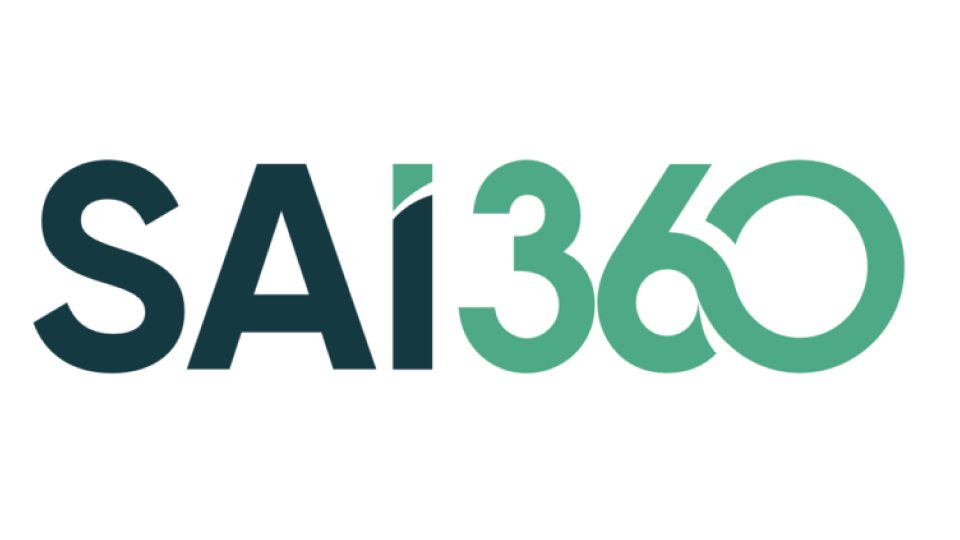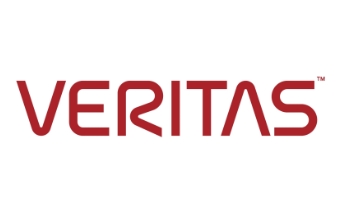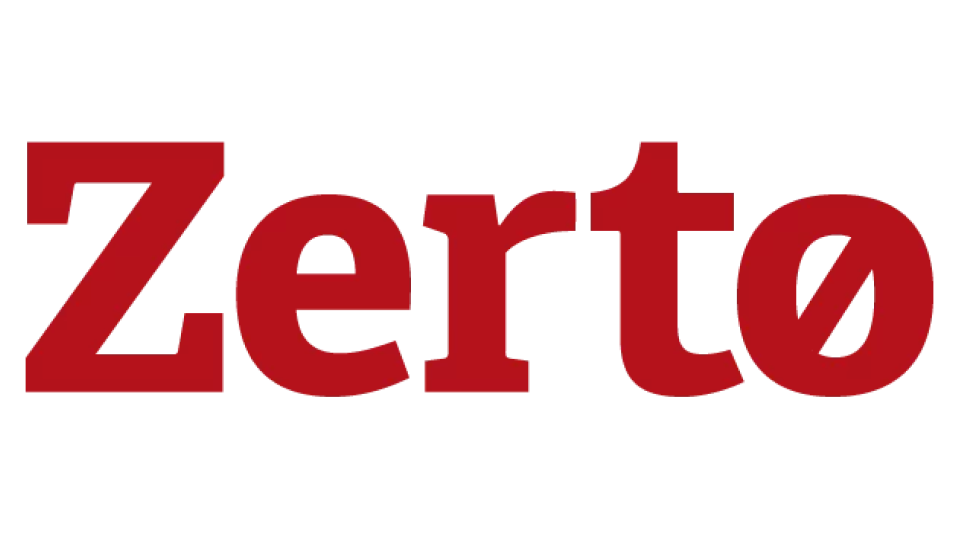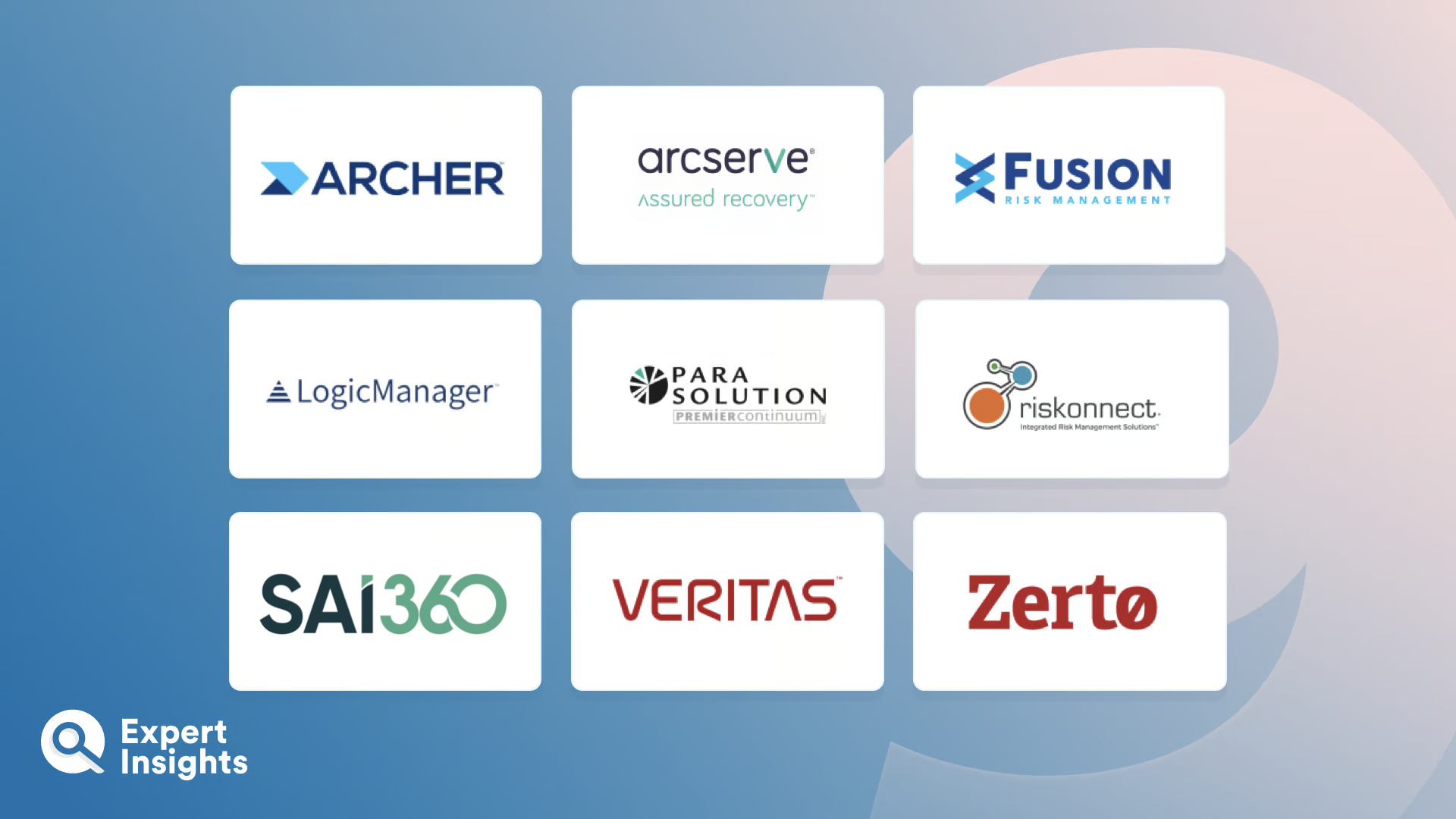Business Continuity and Disaster Recovery (BCDR) software helps organizations ensure they can recover as quickly as possible in the event of an incident such as a cyberattack, natural disaster, service provider outage, hardware failure, or data loss caused by human error.
There are two key components to BCDR software: business continuity and disaster recovery. Business continuity is all about preparing for an incident so that you can maintain business-critical operations during and after a disaster. It involves creating incident response plans, carrying out Business Impact Analysis (BIA), and conducting risk assessments to identify which processes are essential for business operations. This allows IT and security teams to implement adequate protection to ensure those processes (and, by extension, the organization) can carry on in the event of an incident.
Disaster recovery is all about responding to an incident so that the business can get back on its feet as quickly as possible in the aftermath of a disaster. This involves restoring IT systems, infrastructure, data, and applications as quickly and effectively as possible to minimize operational downtime and financial loss. Organization’s must have backups of their data stored in a separate location, so it won’t be affected by any disruption to their local network.
In this shortlist, we’ll explore the best business continuity and disaster recovery software. We’ll look at features such as risk assessments, approval workflow automation, live status reporting, data backups and replication, and data recovery. We’ll give you some background information on each provider and the key features of solution, as well as the type of customer that they are most suited to. Note that, as BCDR is a relatively new concept, some of the solutions in this guide focus more on either business continuity management or disaster recovery.



